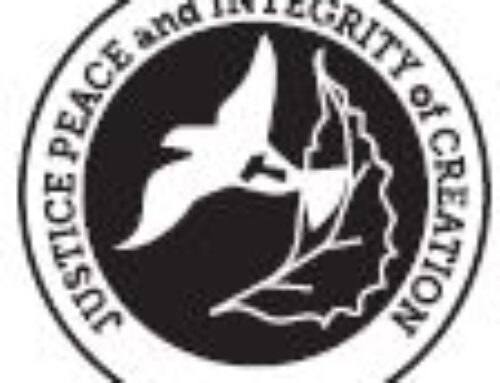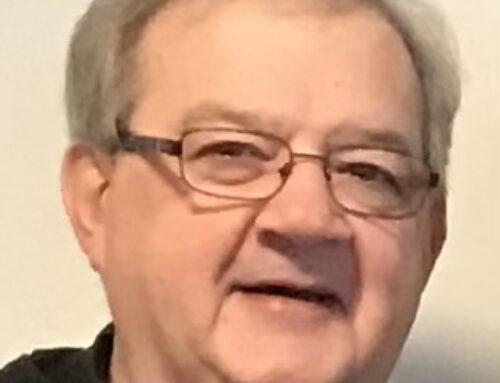(This article originally appeared in the TAU-USA Spring Issue #111)
by Fr. Jerome Wolbert, OFM
National Spiritual Assistant

Calvary (replica) viewed from the Place of
the Resurrection.
For many people, a pilgrimage is a time of renewal. Going to a specific, holy place, often walking more than usual, praying in a place that is made significant by who has been there and what has happened in the past, any one of these things would help us to reflect on our lives, and a pilgrimage usually has all of them.
Living at the Franciscan Monastery of the Holy Land in America, I am aware that our church and monastery were built 125 years ago when it took 45 days to cross the Atlantic and travel through Europe, across the Mediterranean, up through Egypt to the place where Jesus walked and “pitched his tent” among us (John 1).
While today it is possible to fly from DC to Tel Aviv in 11 hours, it is not advisable during this time of war to travel there. So even today there are reasons beyond cost preventing our walking where Jesus walked. That said, the Monastery where I live has many replicas of Holy Land shrines, precisely to answer this difficulty.

Mt. St. Sepulcher Church, Franciscan
Monastery of the Holy Land in America,
Washington, DC. Photos used with permission.
St. Jerome described the Holy Land as “the Fifth Gospel,” by which he meant that being in the Holy Land, seeing and praying and walking, helps a person to better understand the written Gospels. Many of the Christians who live or have lived in the Holy Land express such appreciation for being in this “special place.” I remember when I was there years ago, climbing Mount Tabor and praying in the Place of the Resurrection. When I was a child my pastor would describe what it was like to be on the road from Jerusalem down to Jericho.
But the nature of a pilgrimage is that we eventually return home—changed, hopefully, but still we return. And so, I bring my memory of Mount Tabor and the Empty Tomb home with me. The priest’s preaching is changed by his experience on that lonely road where the Good Samaritan found the man beaten by thieves.
The Holy Land is not the only place of pilgrimage. People journey to holy sites all over the world, and the Monastery of the Holy Land in DC is one of those places. Just today as I finish writing this, there is a group now on our grounds.
When the Church was but a few hundred years old, Egeria went on a pilgrimage to the Holy
Land. We have her recollections today, so helpful to those who study the history of the Church,
pilgrimages, or Liturgy. She describes processions and worship that with some adaptation has
persisted to this day. Some of these processions are followed not only in the Holy Land but
also replicated in our Monastery. But the big question for our keeping Lent and celebration of
the Resurrection is what do I bring home, what do I replicate in my heart and in my life?




Adoration Chapels at Roman Catholic Churches and former abortion clinic redeemed and consecrated through Mass as a Medical clinic for life! These are a couple of places I have been praying at where I sense the Presence of the Holy Spirit moving and calling me to a more challenging Prolife stance and vocation. Zech 4:6, 1 Jn 4 Praised be Jesus Christ. My EIN Kerem.